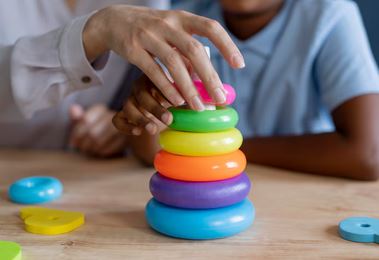Benjamin Bloom’s taxonomy is a widely used framework that categorizes learning objectives into cognitive levels — from remembering facts to creating new ideas. While it provides a roadmap for developing academic skills, Bloom’s model also supports student well-being by encouraging teachers to foster mastery and confidence rather than mere memorization.
By designing lessons that move learners progressively through understanding, applying, analyzing, evaluating, and creating, educators build deeper engagement and a sense of accomplishment. This approach can reduce anxiety often associated with testing and rote learning.
Incorporating social and emotional learning alongside Bloom’s taxonomy further enhances well-being. For example, group projects foster communication and empathy, while reflection activities build self-awareness and resilience.
Modern instructional design blends Bloom’s taxonomy with formative assessments and feedback cycles, allowing learners to experience success and growth incrementally. When students perceive that their efforts lead to real progress, motivation and self-esteem rise.
Resources:
- Bloom’s Taxonomy Overview (The Glossary of Education Reform)
https://www.edglossary.org/blooms-taxonomy/ - Integrating SEL with Bloom’s Taxonomy (Edutopia)
https://www.edutopia.org/article/integrating-social-emotional-learning-blooms-taxonomy
